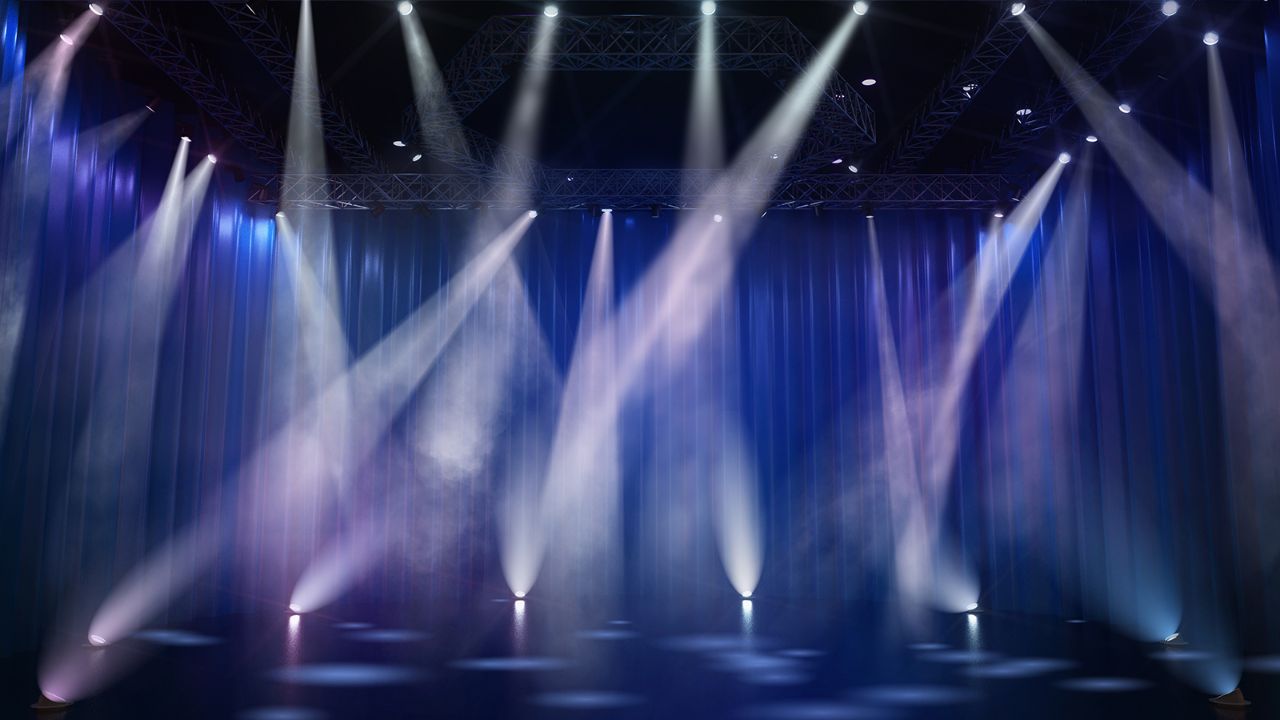Stage lighting continues to be essential for live performances. It sets the emotional atmosphere and mood. Stage lighting serves two essential functions in theater productions, concerts, and immersive art installations by providing technical equipment and storytelling capabilities. The stage lighting environment of 2025 will evolve from three primary elements consisting of technological development and environmental awareness alongside audience requirements for interactive and immersive experiences. Visit this website for more details: https://shehds.com/.
Rise of Smart Lighting and Automation
Intelligent lighting systems will establish themselves as a vital trend during the year 2025. Advanced software and hardware work together in these systems to enable the automated synchronized dynamic control of lighting fixtures. AI algorithms enable smart lighting systems to monitor sound patterns, audience movements, and real-time reactions, which automatically adjusts performance lighting for enhanced results.
The introduction of automated systems enables lighting designers to prepare intricate scenes before live events, thus freeing them from manual operation duties. Wireless protocols now control these systems for faster setup times while eliminating the need for traditional cables.
Augmented Reality and Virtual Integration
Stage lighting incorporates augmented reality (AR) and virtual production tools because digital technology continues to merge with live performance. Lighting rigs in 2025 work alongside projection mapping and AR elements to generate layered and dynamic environments that adapt according to the narrative or musical content.
By uniting physical and digital domains, lighting designers can now discover fresh creative possibilities, which are most evident in immersive theater performances, dance shows, and multimedia concerts. Virtual backdrops and interactive effects, when synchronized with lighting, enable performances to break free from traditional set boundaries and lighting restrictions.
Wireless and Remote Control Capabilities
Lighting design remains influenced by growing requirements for adaptable control systems and remote operation capabilities. The adoption of wireless DMX and Bluetooth control systems in lighting systems will increase significantly by 2025 so that performers can make real-time adjustments through tablets, smartphones, and wearable devices. The wireless lighting control trend enables operators to move freely while improving the efficiency of live production procedures.
Remote functionalities enable pre-programming capabilities as well as cloud-based configuration methods that specifically benefit touring shows. Lighting designs can be shared between venues through a system that enables quick setup and rehearsal processes.
Immersive Experiences and Audience Interaction
Modern audiences seek participation beyond watching shows as they desire to take part actively in the production. Stage lighting will become a primary element of show production to create deep audience engagement in 2025. Audience members can now shape stage lighting effects by using sound waves, their body movements, or mobile applications to change colors and brightness and transition effects in real time.
Large-scale music festivals and interactive theater lead this trend because they remove the traditional distinction between performers and spectators. Lighting functions as a collaborative component that changes the event space into an active living environment that develops throughout the performance.
Advanced Design Software and Real-Time Visualization
Modern designers benefit from sophisticated software applications that show lighting designs in real time during their development process. The programs available in 2025 let lighting designers experiment and simulate their concepts before they enter actual venues. Real-time visualization capabilities help designers reduce project expenses and duration while allowing them to experiment with innovative approaches.
The industry now widely uses WYSIWYG, Capture, and Vectorworks programs, which integrate with 3D modeling and previsualization platforms. New technological advancements enable these tools to become more user-friendly and accessible, which allows young designers and small production teams to achieve higher levels of success.
Sustainability and Eco-Friendly Solutions
Stage lighting production needs sustainability to achieve equal importance with other production elements. The upcoming year 2025 will witness the significant expansion of sustainable lighting systems that integrate efficient LEDs with power-efficient fixtures. LED lighting technology in modern use extends its operation time while needing less power than traditional incandescent or halogen lamps, reducing energy usage and waste output.
Manufacturers build fixtures and create modular components from recyclable materials, which enable part replacement instead of entire fixture disposal. The pursuit of sustainability has become a shared goal that venues and touring companies have adopted as they work to reduce their carbon emissions without sacrificing production excellence.
Conclusion
Stage lighting in 2025 will combine three essential elements. These include creative methods, environmentally friendly practices, and audience-centered designs. Smart technology, eco-friendly solutions, and immersive capabilities have transformed lighting into an emotional storytelling tool. It connects audiences. Stage lighting functions as the main driving force in performance transformation because it lights up both current stage performances and future developments in live entertainment.


